Norwegian Scientists Develop Self-Healing Battery for Electric Vehicles
 WilliamMar 17, 2025, 12:12 PM
WilliamMar 17, 2025, 12:12 PM
【PCauto】Recent research news from Norway has drawn market’s attention: the Norwegian institute SINTEF (Foundation for Industrial and Technological Research) is developing a new type of electric vehicle battery with a "self-healing" function. This innovative breakthrough is expected to significantly improve key performance metrics for electric vehicles, including range, charging time, and lifespan.
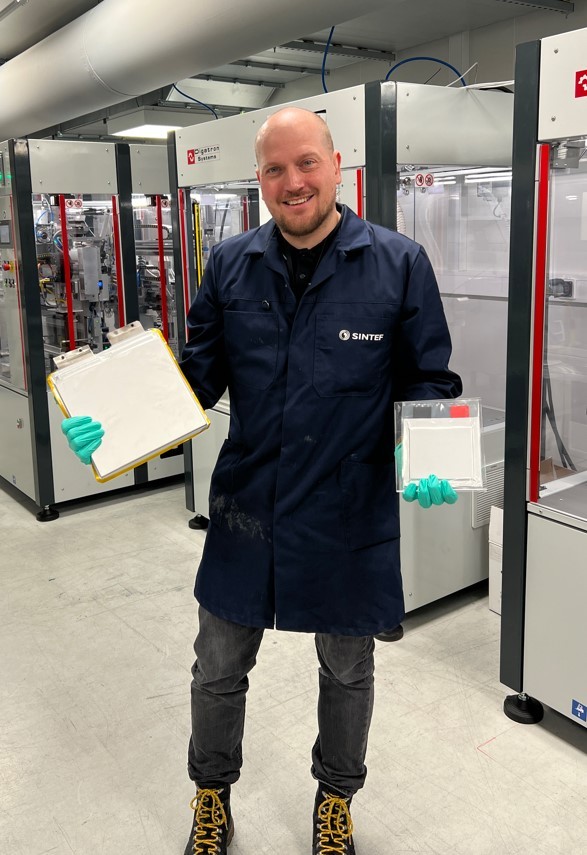
The electric vehicle industry currently faces numerous bottlenecks, particularly due to limitations in battery technology. Issues such as insufficient range, lengthy charging times, and short lifespans of traditional lithium-ion batteries have not only dampened consumers’ enthusiasm but have also restricted the further expansion of the entire industry. However, the newly developed battery by Norwegian scientists offers a potential solution to these challenges.
Structurally, the new battery is similar to traditional batteries and is likened to a "sandwich" design; however, its uniqueness lies in the innovative improvements made to the materials used. For the cathode material, a cobalt-free lithium manganese nickel oxide is utilized, with lower nickel and lithium content compared to conventional batteries. This adjustment of chemical composition brings several advantages, increasing the average voltage of the battery, significantly shortening charging times, and enhancing overall battery performance. Additionally, the new battery can store more energy within a smaller volume.
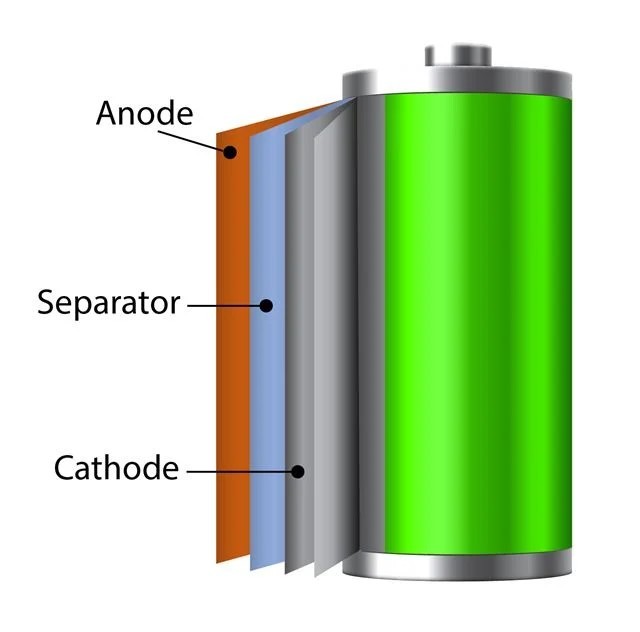
For the anode material, this battery employs a silicon-graphite composite. Many battery companies worldwide, including U.S. startups like Amprius, Group14, and Sila Nanotechnologies, are exploring silicon anode technology to address energy losses associated with traditional graphite anodes. Silicon anodes tend to expand during charging and discharging, a challenge that has hindered their widespread adoption.
However, the new Norwegian battery effectively improves this issue by combining silicon with graphite, resulting in a more stable and durable anode, thus improving the overall lifespan of the battery.
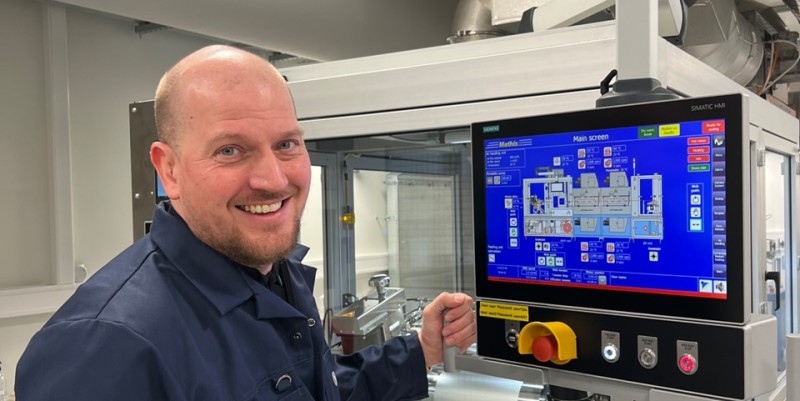
Notably, this battery features a “self-healing” function. It incorporates a special material similar to "super glue" that can repair minor damages to the battery cells, akin to self-sealing tires. This feature not only enhances the safety of the battery and reduces the risk of accidents caused by battery failures but also minimizes performance degradation resulting from battery damage, further safeguarding the range. In Southeast Asia's climate, where high temperatures and humidity can easily damage batteries, the self-healing capability of this new battery ensures that electric vehicles can operate reliably in such challenging environments.
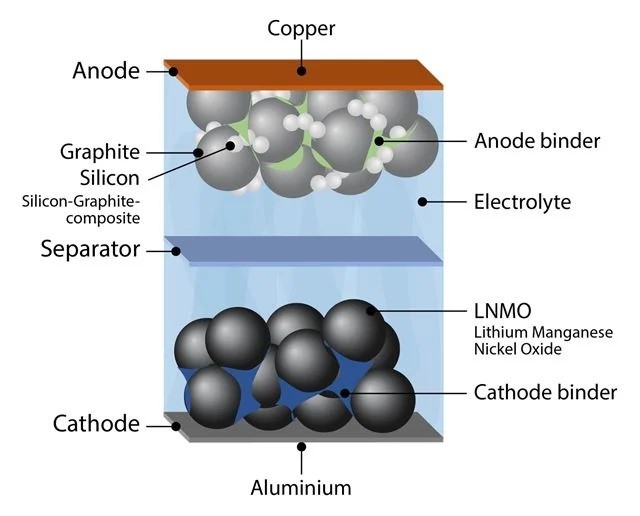
Currently, the SINTEF team has initiated plans for mass production, although they face numerous challenges in transitioning from laboratory development to large-scale manufacturing.
If any infringement occurs, please contact us for deletion
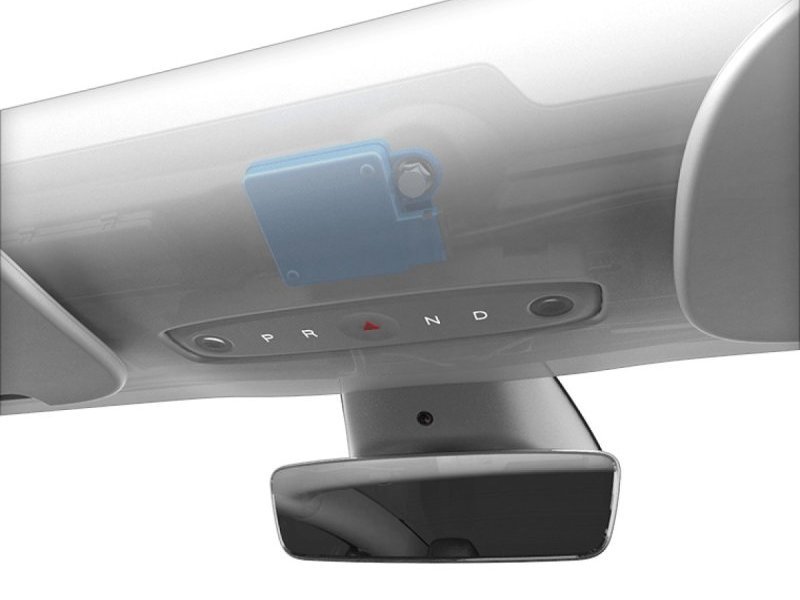
Tesla pushes 2025.2.6 update in North America, activating the hidden millimeter-wave radar in Model Y
[PCauto] In February 2025, Tesla rolled out the 2025.2.6 software update for 2022 and subsequent Model Y models in North America.The highlight of this update is the activation of the hidden millimeter-wave radar hardware in the Model Y cockpit. This AWR6843 chip supplied by Texas Instruments, has three transmitting antennas and four receiving antennas, operating on a frequency band between 60-64 GHz, with a horizontal field of view of 120 degrees and a vertical field of view of 60 degrees.Once a
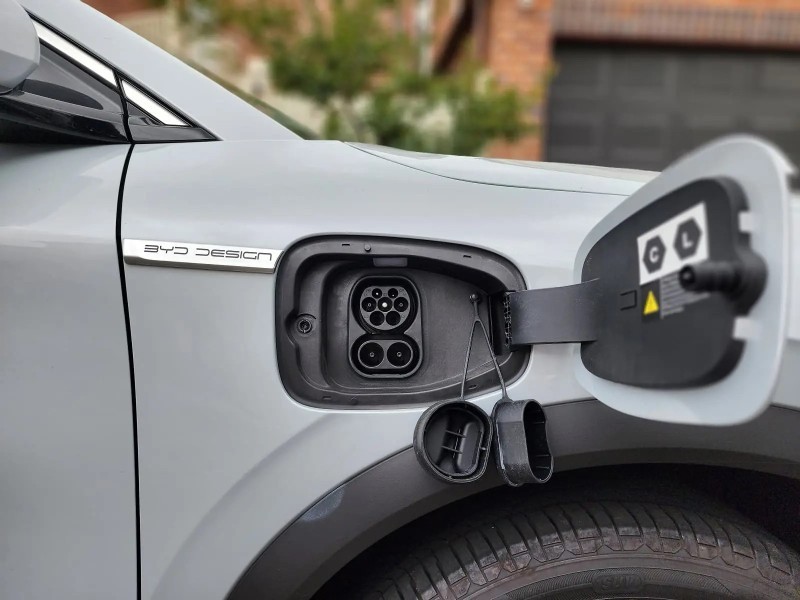
BYD Plans to Promote 1000V High Voltage Super Charging Stations and Its Models on a Large Scale
【PCauto】Recently, the news that BYD plans to massively implement a 1000V high-voltage supercharging platform has attracted widespread attention. It is reported that this platform will be launched in the middle of March this year and supports super-fast charging above 5C. After its release, it will quickly be popularized to its own models and large-scale construction of 1000V supercharging stations.This move will undoubtedly set off a wave in the new energy vehicle market. Let's delve into the te
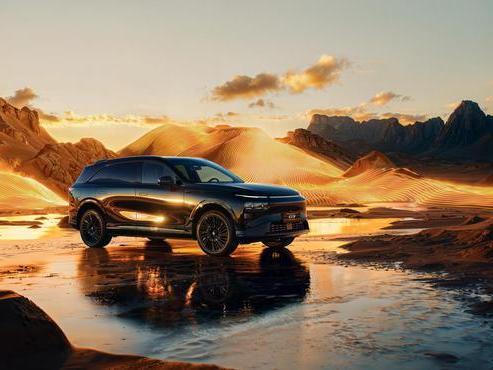
XPENG G9 is about to be launched in China, bringing 66 upgrades in features
【PCauto】XPENG has recently announced that the 2025 XPENG G9 will soon be launched in China. Although the official did not announce the time and price, the success of XPENG G6 and X9 has rekindled expectations for the once-failed G9 by XPENG. In terms of appearance, the G9 continues the X-BOT FACE 3.0 design language, with a closed grill at the front paired with split-style headlights on both sides, new two-tone collision colors and all-black body styles, with a petal-style wheel hub. Combining
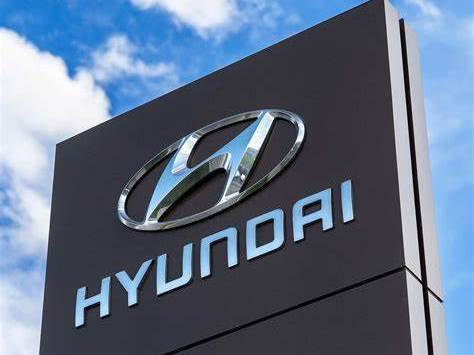
Hyundai is to launch an all-solid-state EV battery production line, but who's leading?
【PCauto】News reveals that Hyundai will launch an all-solid-state EV battery production line next month, with a ceremony to be held at the next-generation battery research center in Uiwang, South Korea.This production line will serve as a pilot production for the all-solid-state 'Dream' EV battery. In 2023, Hyundai proposed plans to become a leader in the electric vehicle battery field, investing over $9 billion in the battery sector within 10 years, including Lithium Iron Phosphate (LFP) and Lit
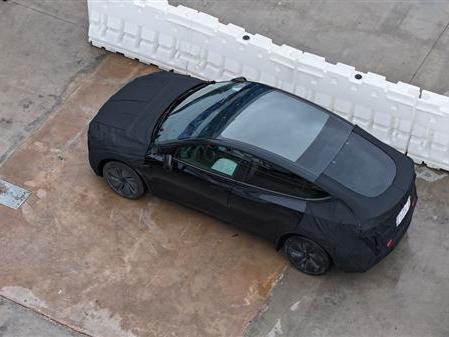
Tesla's Texas factory was caught testing vehicles, suspected to be Model Q
【PCauto】Recently, a blogger captured a disguised Tesla test vehicle while filming a drone over Tesla's Texas super factory. This discovery has sparked widespread speculation, as the new Model Y has been openly pre-ordered and there is no need to disguise, so it is speculated that this car may be the cheapest model Model 2 or Model Q (internal code name Project Redwood) that Tesla plans to launch.Speaking of this mysterious Model Q, Musk has already revealed that it will be a "smaller" version of
Popular Cars
Car Compare

